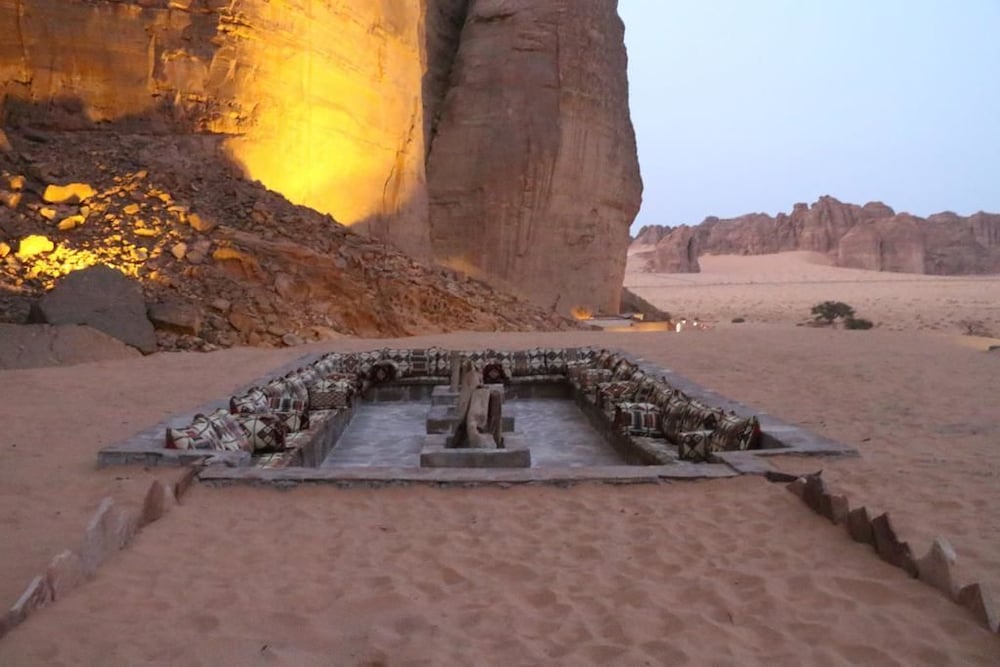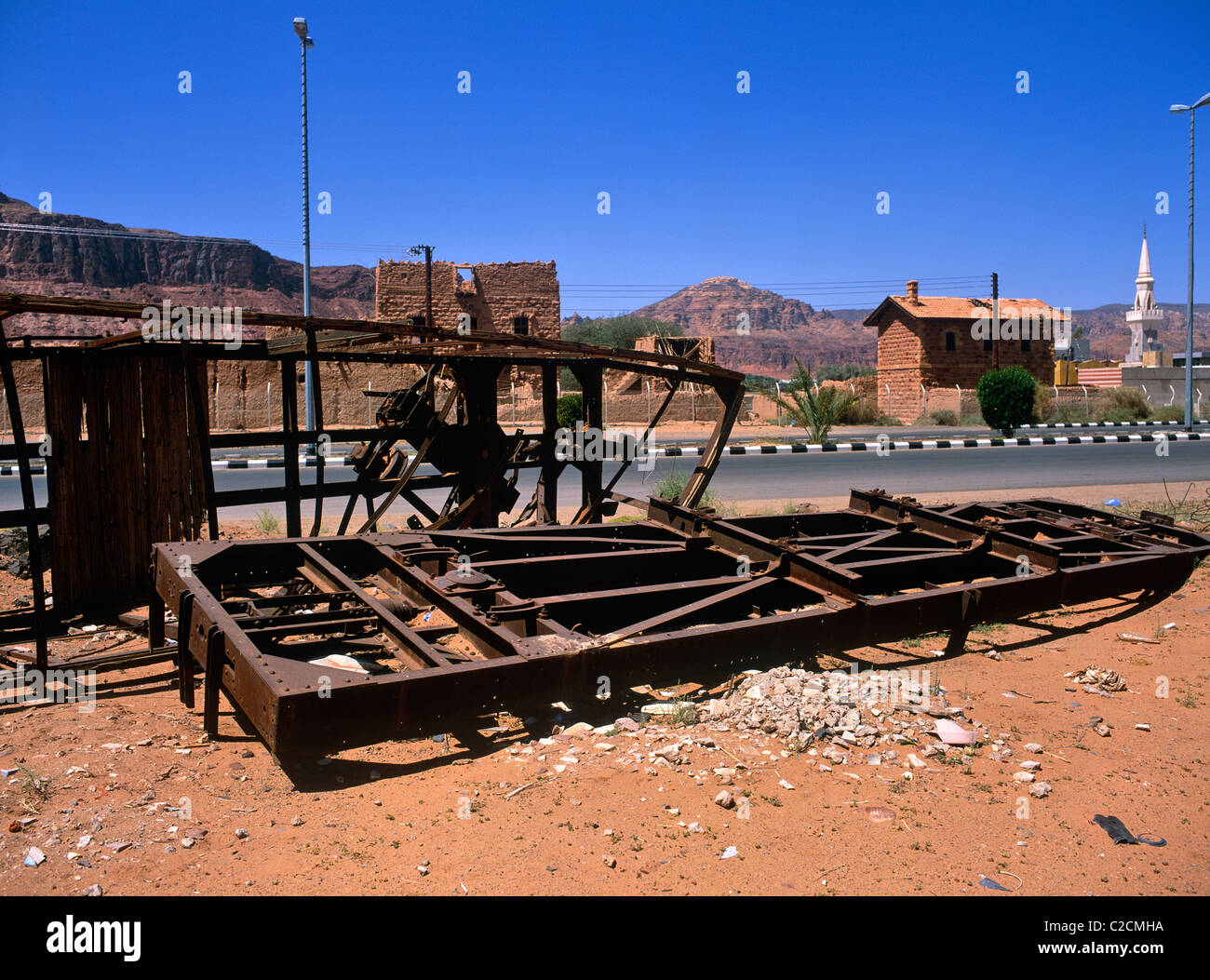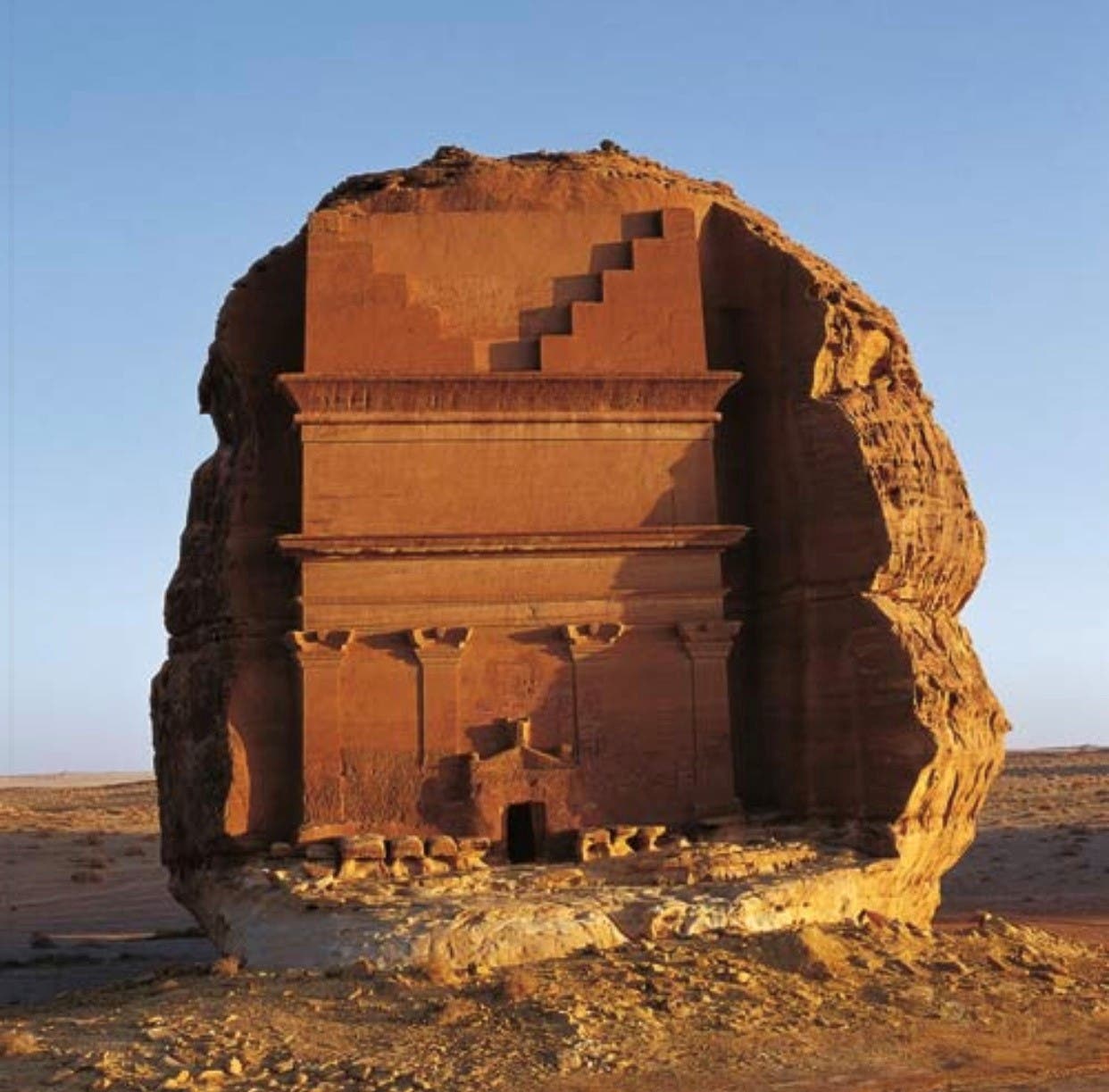
In the case of Al-Ula, the region is situated on the Arabian Shield, a Precambrian geological formation that forms the core of the Arabian Peninsula.

This tectonic activity led to the uplift and deformation of the Arabian Plate, including the formation of mountain ranges and the creation of geological structures. The collision between the Arabian Plate and the Eurasian Plate resulted in the formation of the Zagros Mountains in Iran and the Taurus Mountains in Turkey. The Arabian Plate is bordered by the African Plate to the west and the Eurasian Plate to the north. Tectonic history and plate movements in the region: The tectonic history of the region has been influenced by the collision and interaction of several tectonic plates. These sedimentary rocks were formed from the accumulation of sand, silt, and clay particles, as well as the remains of marine organisms. The region was part of the Tethys Sea, an ancient ocean that separated the supercontinents Laurasia and Gondwana.ĭuring this period, sedimentary rocks were deposited in the Tethys Sea, including the Al-Ula Sandstone Formation that characterizes the landscape of Al-Ula today. The formation of the Arabian Peninsula began during the breakup of the supercontinent Pangaea in the Mesozoic Era, specifically during the Jurassic and Cretaceous periods.
Al ula saudi arabia resort series#
The Arabian Peninsula is part of the larger Arabian Plate, a tectonic plate that formed through a series of geological processes over millions of years.

Geological History of Al-Ulaįormation of the Arabian Peninsula: The geological history of Al-Ula is closely tied to the formation of the Arabian Peninsula. The city’s rich history, architectural wonders, and breathtaking scenery make Al-Ula a captivating destination for those seeking to explore Saudi Arabia’s cultural and natural heritage. The festival brings together renowned performers and artists from around the globe, offering a vibrant cultural experience against the backdrop of Al-Ula’s historic sites.Īs Al-Ula continues to grow as a tourist destination, efforts are being made to strike a balance between development and preservation, ensuring the protection of its archaeological treasures and natural landscapes. The region’s geological features, shaped by millions of years of erosion and tectonic activity, contribute to the scenic beauty and uniqueness of Al-Ula.Īl-Ula hosts various cultural events and festivals, including the Winter at Tantora festival, which celebrates the region’s heritage through music, art, and other cultural activities. The sandstone formations, deep canyons, and oases create a captivating contrast against the arid desert surroundings. The stunning natural landscapes of Al-Ula add to its allure. These efforts have positioned Al-Ula as a major cultural and tourist destination, attracting visitors from around the world. The Saudi Arabian government has invested in infrastructure improvements, visitor facilities, and the restoration of archaeological sites. In recent years, Al-Ula has undergone significant development efforts to promote tourism and cultural preservation. Dadan features ancient temples, tombs, and remnants of an extensive city wall, providing valuable insights into the region’s historical and cultural past. The tombs showcase the architectural brilliance of the Nabataeans, who carved them into the sandstone cliffs.Īl-Ula is also home to other archaeological sites such as Dadan, an ancient city that was the capital of the Lihyanite Kingdom. This UNESCO World Heritage site is renowned for its well-preserved rock-cut tombs, reminiscent of the famous Petra in Jordan. One of the most iconic archaeological sites in Al-Ula is Madain Saleh, also known as Al-Hijr. The region has been home to various civilizations, including the Nabataeans, Lihyanites, Romans, and Islamic empires, who all left their marks on the city through their architecture, art, and cultural practices.

The history of Al-Ula dates back thousands of years, with evidence of human habitation found in the area from prehistoric times. The city is nestled in a desert valley surrounded by towering sandstone mountains, offering a breathtaking natural setting. It is part of the Al Madinah Province and covers an area of approximately 25,000 square kilometers. Al-Ula is a historic and culturally significant city located in the northwestern region of Saudi Arabia.


 0 kommentar(er)
0 kommentar(er)
